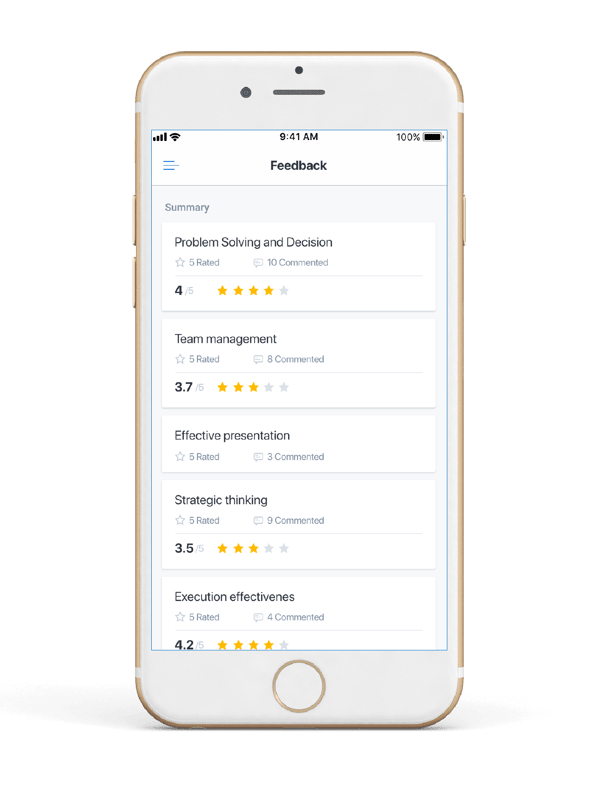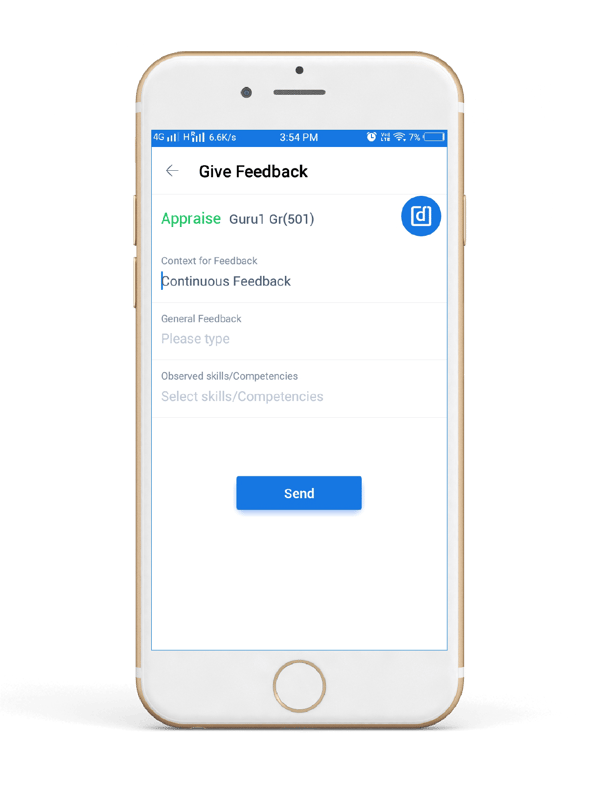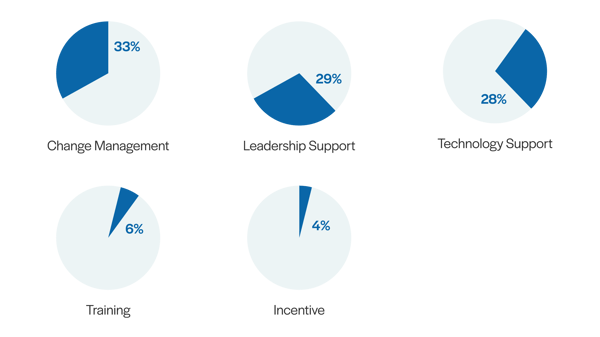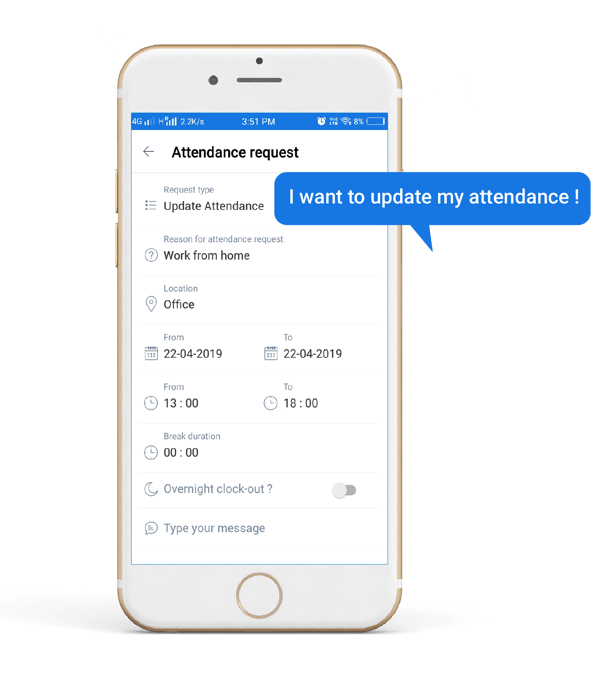
It won’t be unfair to call continuous feedback as the renaissance of the world of performance management. Simply because it is symbolic of the coming of age of annual, manager-led talent management cycles. With the influx of millennials, digitalization of workplace, and the changing nature of job descriptions, organizations are rapidly making the move from traditional systems of review and feedback to a more modern and holistic approach driven by continuous feedback.
However, we must not forget that a shift of this nature and scale is a change in organizational DNA, one whose consequences are not straightforward and need to be evaluated carefully before taking the plunge. Therefore we conducted a study with 100+ leading organizations in India to gauge their perception, employee behavior trends, factors that drive the success of such interventions and the role of technology.
Here are excerpts from the study:
People are increasingly viewing continuous feedback to be a much better and holistic method of performance management. 76% of the respondents said that they leverage continuous feedback in some way. Whether it is having regular check-ins between manager and reportee, or sending over feedback through email, employees at a majority of organizations are already leveraging the power of continuous feedback today. 40% of organizations record an exchange frequency of one month or less.
73% of Organizations believe that Continuous Feedback will drive improved performance. Inputs received during continuous feedback can be analyzed on dashboards that display performance history to better understand the scope of improvement. Thus unsurprisingly, the second most anticipated benefit of continuous feedback was improved performance. Since this information becomes easier to consume, ratings received by employees at the end of the performance cycle also become easy to assess and justify which fosters better transparency.

Enabling continuous feedback essentially means enabling a culture of ownership where employees take charge of their performance management and growth trajectory. By giving them the freedom to initiate feedback conversations, performance management is now becoming an employee-driven initiative rather than a pure manager-led exercise.
Trends observed across organizations reflected this behavior. We discovered that 70% of the total feedback requests were initiated by the employees themselves. Technology plays a vital role in this and the ease with which employees can give or seek feedback definitely influences the trend.

It is only human to avoid confrontation and pick easy, positive conversations. Whether it is because the employee chooses to seek feedback from an individual who has been receptive to his/her work or because the reviewer feels obliged to say the nice things when asked, organizations witnessed more positive feedback being shared when someone requests for it. In other words, they’re more likely to be critical when they give feedback voluntarily vis-a-vis when they are requested to give feedback. Organizations would thus need to conduct a timely analysis of the behavior being displayed and take corrective steps to ensure the results are fair and unbiased.
89% vs 71%
89% of the feedback shared on request has some or the other parameter rated positively (4 or 5 out of 5) by the reviewer whereas when employees share feedback voluntarily the number fell to 71%.
11% vs 29%
11% of the feedbacks shared on request is purely negative (1 or 2 out of 5). But if feedback was shared voluntarily, 29% of them is purely negative.
To drive an intervention of this scale, some critical factors need to be highlighted and emphasized upon, during our survey, we asked the participants to describe the most critical factors for the success of Continuous Feedback methodology at work. The following emerged as the top factors:

The top three factors emerged as change management, leadership support, and technical support with very minimal variation. In fact, they are interrelated to a great extent in a way that leadership support influences change management while technology enables the environment in which the desired behavior and culture takes shape.
Though currently, only 38% of the organizations have formalized the use of technology to drive continuous feedback, 71.5% rated the impact of technology as 7 and above on 10. The right technology platform will boost adoption and eventually the ROI of continuous feedback. Technology holds the power to moderate the manner in which continuous feedback can be administered by organizations or the ease with which employees can exchange conversations on-the-go with mobile or voice-based feedback.

To know more, download the report today - A study by Darwinbox.
To explore more new-age performance management practices - click here.



Speak Your Mind